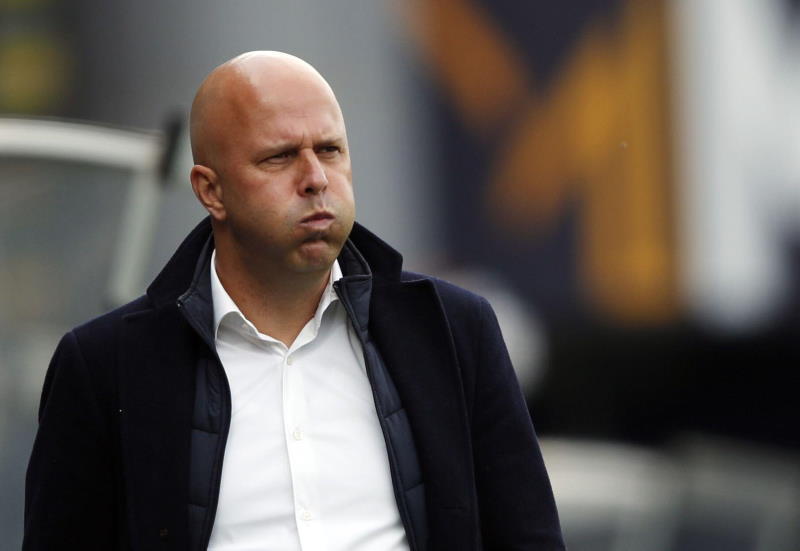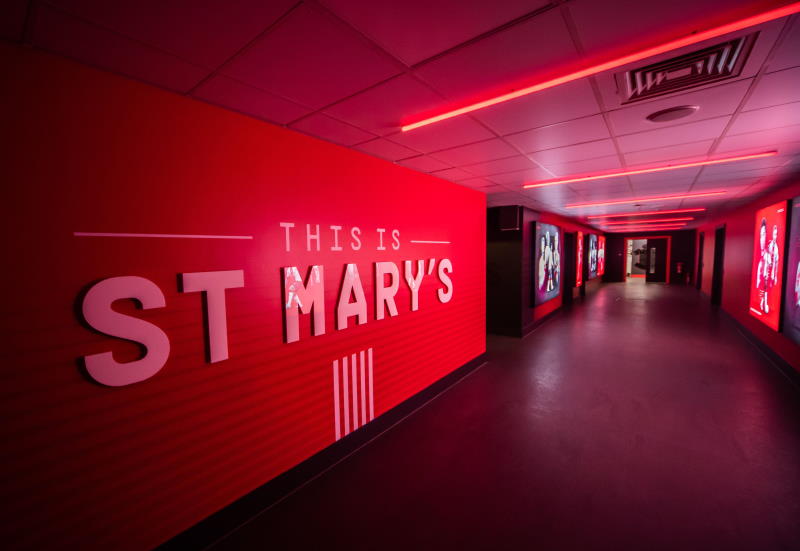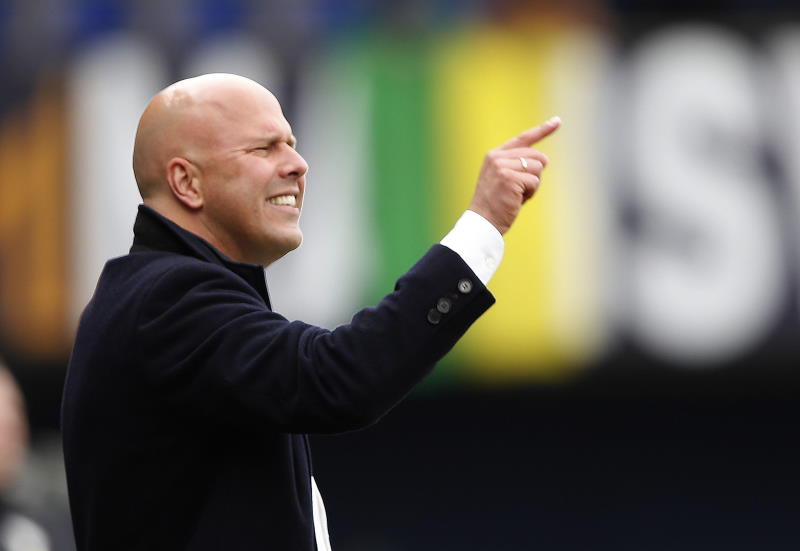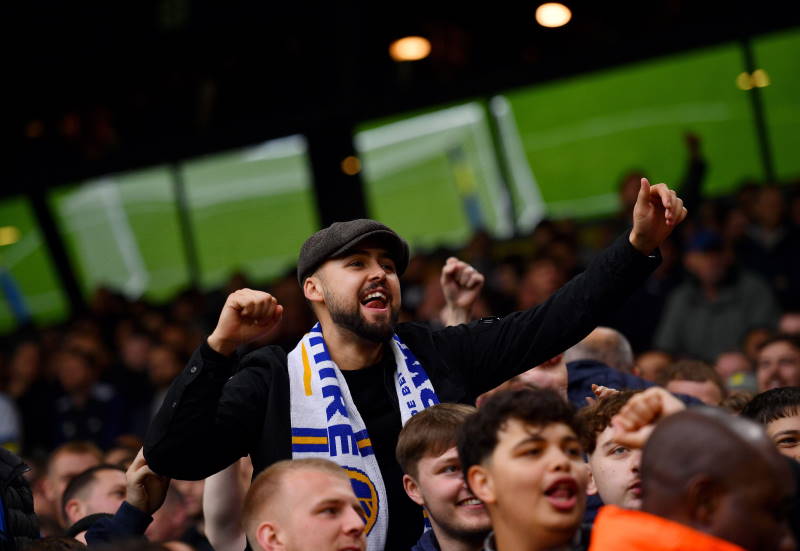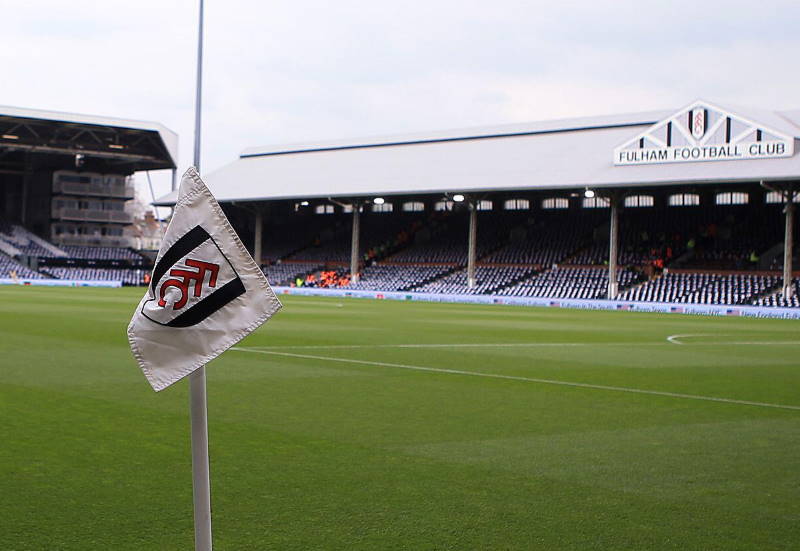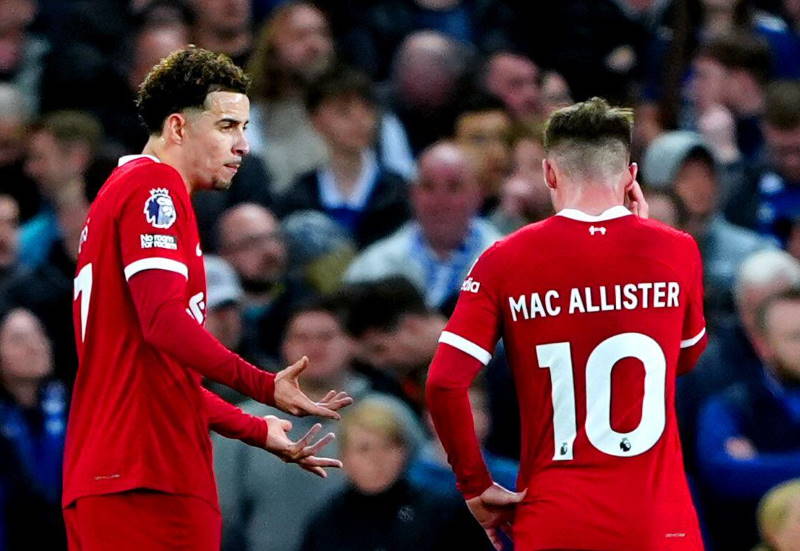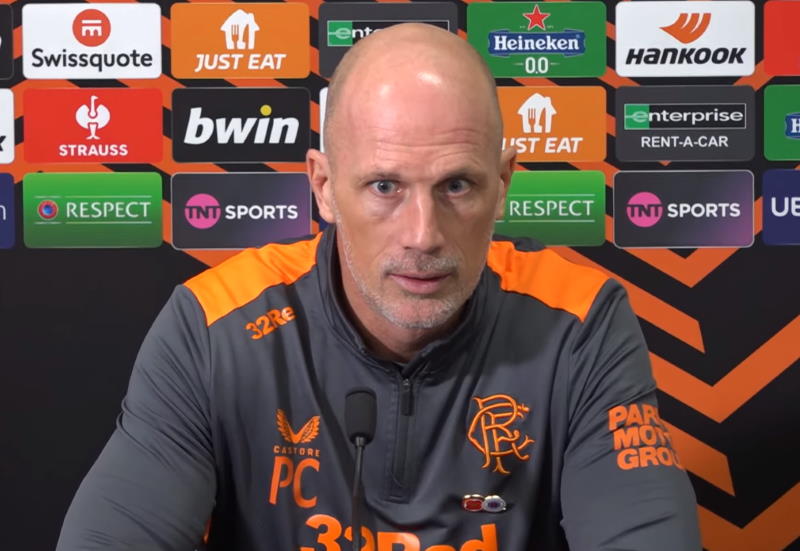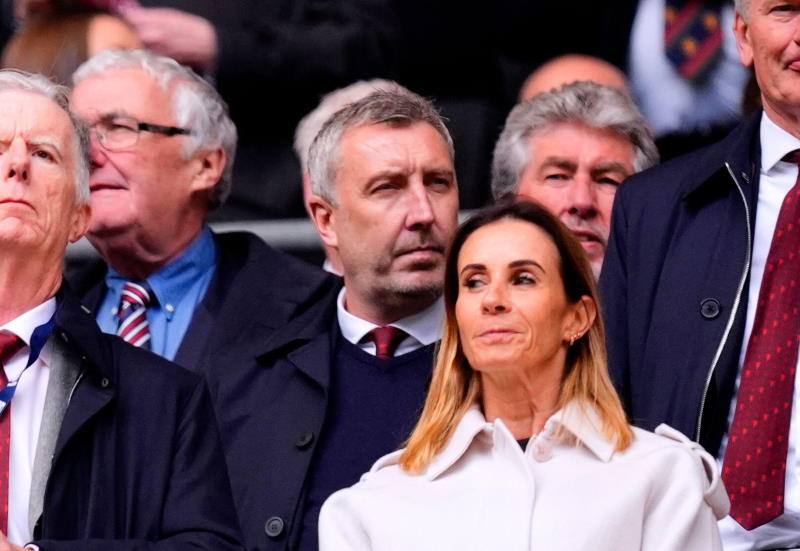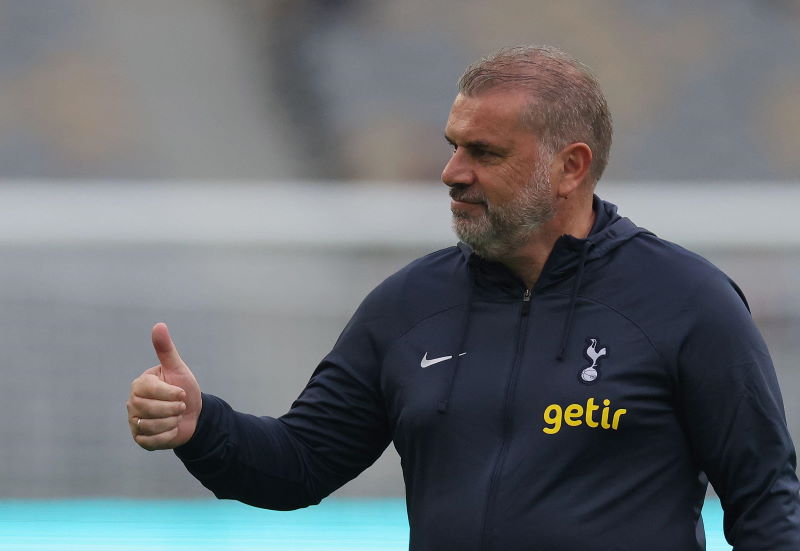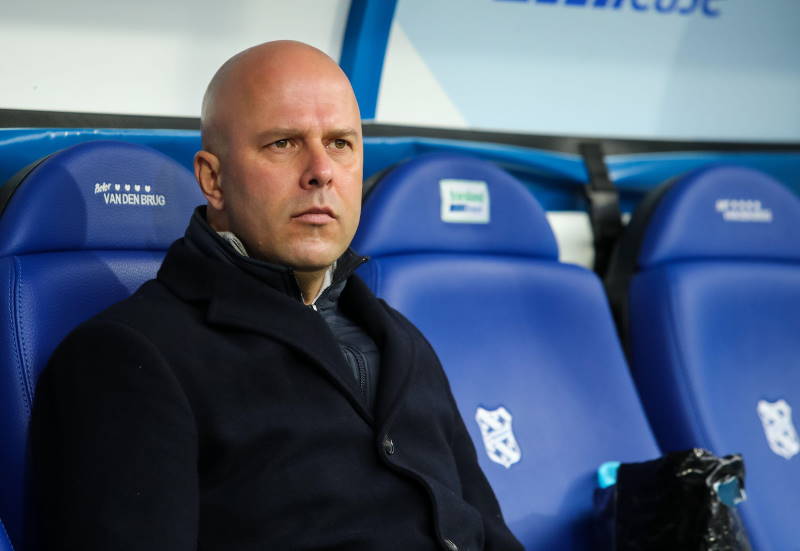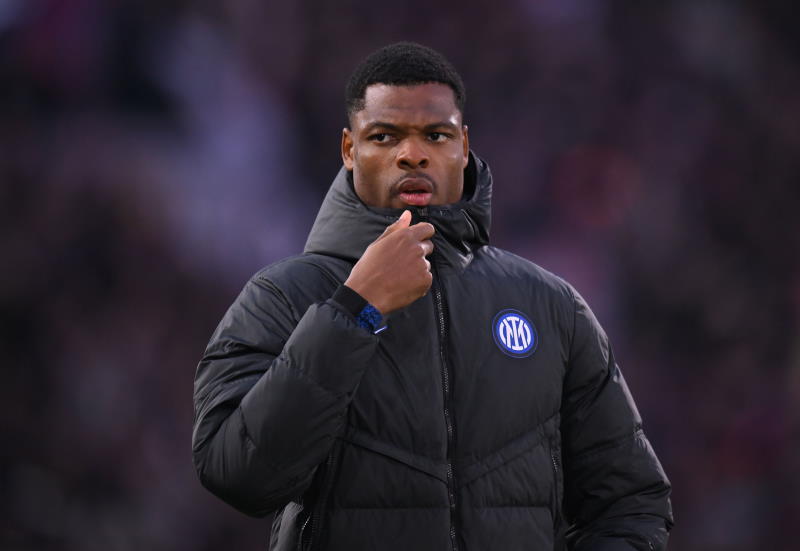
A decade ago, the English Premier League was dominated by players like Roy Keane, Patrick Vieira and Steven Gerrard. The duels between these midfield warhorses would define the big games of the season between Arsenal, Manchester United, Liverpool and the other major challengers for the league title.
How times have changed. Today the most defensive presences in those three teams, when at full strength, are Michael Carrick, Mikel Arteta and Lucas Leiva. None are exactly the type of players who could be called ‘combative’, in the mould of a classic midfield destroyer. In fact, the attribute to identify in all of them would be their passing ability. Similarly, it was interesting to note that as the summer transfer window closed, Manchester City had just sold Dutchman Nigel de Jong and replaced him with Javi Garcia. This was a direct replacement of a traditionally combative midfielder, suited to breaking up the play, with a more technical one, better at starting moves.
Garcia would not have signed for Manchester City had Roberto Mancini not failed in his pursuit of Roma’s Daniele De Rossi. But why was Mancini even after a defensive midfielder?
Probably because the Italian felt he could do better than De Jong and Gareth Barry when it comes to this crucial aspect of the modern defensive midfielder – passing ability. In Garcia the Citizens have a player who is able to help them make that crucial transition from defence to attack that bit quicker, with a more accomplished range of passing than those he is brought in to replace.
That ability to make the transition from defence to attack is increasingly important in the modern game, where organised defences and ever improving collective team play means counter attacks are crucial to deciding matches. That is the point in the game when an opponent is out of shape and the quicker an attack can be launched, the faster a team can exploit the defensive gaps that are created when a team moves from attacking to defensive mode.
There has arguably been no better exponent of this than Manchester United. For years Sir Alex Ferguson has been questioned for not bringing in a more creative midfielder, but Manchester United’s play has been based on a fairly Italian philosophy. Essentially, allowing opponents to come forward, secure in the knowledge that with a strong defence which can withstand the pressure, the door will be open when attacks break down, with the ball then fed to Carrick. The former Tottenham Hotspur man is then extremely effective when it comes to moving the ball forward quickly to Manchester United’s fast and skillful wingers, where most of their attacking threat comes from. Although the side’s best player is Wayne Rooney, he struggles when his space is restricted, so width is key to getting the best out of the England talisman. Having Carrick or Paul Scholes in the team means the Red Devils have the ability to make that transition from defence to attack quickly and extremely effectively. That is surely why Ferguson has persisted with both, despite criticism of Carrick’s style and Scholes’ advancing years.
This trend is best epitomised by the clashes between Manchester United and Arsenal. Once this duel could be won in central midfield, where Roy Keane and Patrick Vieira locked horns – however in recent years it has been a very different tactical affair, with midfield less important. The Red Devils cede territory and possession, allowing Arsenal to play their passing game and when the Gunners reach the edge of the penalty area, and struggle to find a way to break Ferguson’s men down, the counter attack is ruthless.
Arsenal too have opted not to field a traditional defensive midfielder for quite a while now. Alex Song, recently sold to Barcelona, was their nominal player in that position, but his attacking forays made a mockery of his description as a ‘defensive’ midfielder. Instead, Spanish star Mikel Arteta has been used in that slot this season and whenever he plays Arsenal are far more effective. The difference in the number of goals the Gunners concede is considerable with the former Everton man playing, whilst his passing ability means Arsenal get the ball out from the back quickly. That helped them to their recent win over Liverpool, when Arteta stayed in close proximity to the defence and benefited from receiving the ball from defender Per Mertesacker regularly, and then quickly passing forward in search of Santi Cazorla, Abou Diaby, Alex Oxlade-Chamberlain or Lukas Podolski: It was a formula which provided the platform for Arsenal to beat Liverpool on the counter attack.
Chelsea’s Champions League success last year, founded on solid defensive discipline, also demonstrated the importance of striking quickly when possession is won. Although derided for being so defensive, when the Blues won the ball, Frank Lampard’s passing was critical to their success. Against Barcelona in the first leg of the Champions League semi-final, the Englishman provided a pass from deep into Ramires which created the only goal of the game. He provided a similarly expert pass for the same player in the second leg which changed the clash completely. From being 2-0 up and comfortable, Barcelona were suddenly chasing the match. Lampard’s ability to take Chelsea from a defensive position to one of attacking strength so quickly was a major component in the side’s eventual lifting of the coveted trophy.
This underlines the fact that having a deep lying playmaker is becoming increasingly important for Europe’s top teams. Italy international Andrea Pirlo has been a brilliant exponent of this trade, particularly last season when he helped Juventus win Serie A without losing a match. Ably assisted by Arturo Vidal, the best player in the top five leagues when it came to retrieving possession, Pirlo’s ability to dictate and prompt from deep was behind Juventus’ remarkable form and none of their opponents had a real answer to the tactical dilemma he posed.
It remains to be seen if the current trend marks the death of the ‘defensive midfielder’, and football regularly takes tactical twists and turns, but in the short term it should be expected to see more of this type of player, playing deep in midfield, prompting and probing. With such emphasis on that key transitional stage of the game, having a player who can get the ball forward quickly and accurately is essential for any team aspiring to be one of Europe’s finest.

